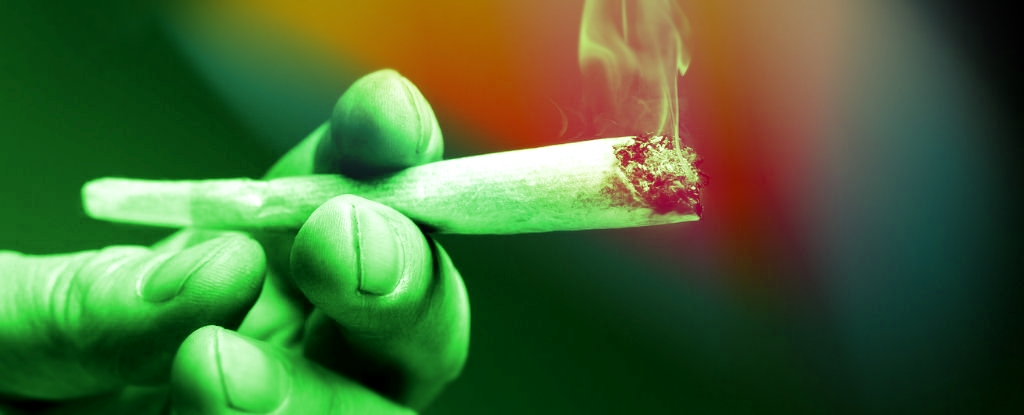A major shift is underway in the United States where, for the first time in a national, decades-long survey, using cannabis regularly has become more common than drinking alcohol often.
“It is striking that high-frequency cannabis use is now more commonly reported than is high-frequency drinking,” says Jonathan Caulkins, a public health policy researcher at Carnegie Mellon’s Heinz College in Pittsburg who conducted the analysis.
“The data come from survey self-reports, but the enormous changes in rates of self-reported cannabis use, particularly of daily or near-daily use, suggest that changes in actual use have been considerable.”
The findings are from the US National Survey on Drug Use and Health, which has amassed data on more than 1.6 million people’s drug use habits across 27 surveys, conducted annually since 1990 and less frequently dating back to 1979.
In his analysis of long-term trends, Caulkins compared the use of alcohol and recreational drugs, such as cannabis, among teens and adults in three milestone years when policy changes occurred (1979, 1992, and 2008) and 2022 (the most recent data available).
“Change has been continual, so these… are just signposts, not the only moments of change,” Caulkins notes in his paper.
The survey has gone through many iterations since it began in 1979, switching from pencil-and-paper interviews to computer-based and online surveys, and expanding to include Alaska and Hawaii, as well as students living in college dorms, civilians on military bases and homeless people in shelters.
Cannabis has also changed in that time, as more people have recognized its medicinal properties.
While far more people still drink alcohol than use cannabis, high-frequency drinking is now less common and rates of daily or near-daily cannabis use have increased since 1992.
In 1992, the survey recorded 10 times as many daily or near-daily alcohol drinkers as cannabis users, whereas in 2022, daily and near-daily cannabis users outnumbered those drinking alcohol equally as often, 17.7 million to 14.7 million.
Since 2010, more than one-third of people who said they had used cannabis in the past month reported using it daily or near-daily. As for alcohol, the proportion of people who reported drinking daily or near-daily (among those who had drunk in the past month) has remained steady at around 9–11 percent.
This shift parallels trends in young Americans, specifically teens and school-aged children, who have misused less alcohol and more cannabis over the past two decades.
The trends also mirror policy changes in the US, from the more conservative policies of the 1980s and early 1990s to the expansion of medical cannabis since 1993. However, the results don’t suggest that those changes were the main, or only, driving factor influencing drug use.
Cultural changes and shifting attitudes towards cannabis and alcohol have probably also had an effect.
“Whichever way causal arrows point, cannabis use now appears to be on a fundamentally different scale than it was before legalization,” Caulkins says.
And that’s without analyzing data from the last two years, since 2022. In April 2024, the US Drug Enforcement Agency announced its plans to ease federal restrictions on cannabis, reclassifying the drug in the same category as painkillers, such as by-prescription codeine and over-the-counter paracetamol.
However, despite many people finding that cannabis relieves their pain, the evidence from published studies is still quite mixed, depending on the studies, populations, products, and health conditions analyzed.
The study has been published in Addiction.





